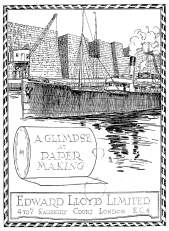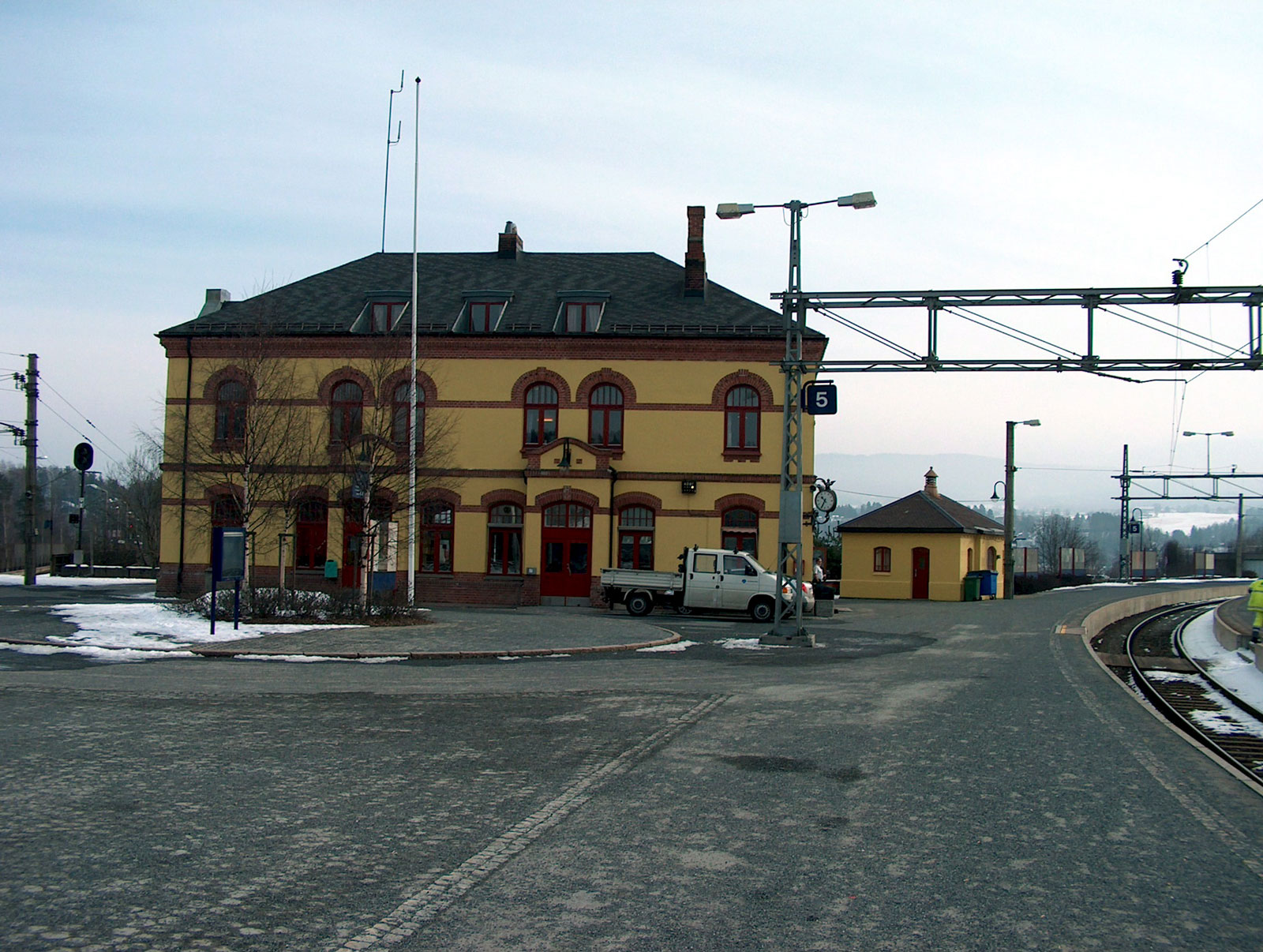Wood pulp
Lloyd was among the first in England to experiment with wood pulp, but the company only invested in its production after his death in 1890. Its use had been developed by Friedrich Gottlob in Germany in mid-century and, from the 1860s, papermakers in North America turned to wood as their main source. A method had been invented but not patented in the 1840s by the Canadian Charles Fenerty, a poet. England was slower because coniferous forests were not a big feature of the landscape.
Frank Lloyd — Edward’s fourth son and eldest of his and Maria’s sons — took to wood pulp with a will and in 1892 bought a pulping plant and the rights to use the rapids and river in Hønefoss in Norway. A pulping plant at Hvittingfoss was added a few years later.
Norway was chosen for an overseas operation in 1892, expanded in 1896. In 1902, it was estimated that the company would still need some 100,000 tons to meet demand. In 1912, it entered long-term contracts with pulp producers in Canada.
The pulp produced in Norway consisted only of wood fibre. The lignin in this “mechanical pulp” was dissolved by the heat of the grinding process. After bleaching it retained a yellow-grey tone not well suited to fine paper.
“Chemical paper” is produced by heating the pulp with chemicals. It uses less wood fibre in the finished product. Various methods have been developed to yield paper suited to a multitude of different uses.
In upcountry Norway, the trees were felled in winter and stripped of bark and branches in the forest. They were moved over snow to the river. When the river thawed in spring, the lumber floated downstream. A patrol that dislodged logs that got stuck on the way down was a year-long task in which, reportedly, English tourists took part.
At the mill, the logs were pressed against grinding stones by hydraulic power and reduced to a powder. That was mixed with water and strained to remove any bits, then drained and pressed into sheets. The sheets were baled and the 4cwt bales were compressed before transport to Kent.
In 1892, Lloyds bought Hønefoss Træsliberi, a pulping company set up in 1873. Lloyds built two new grinding mills and a workforce of about 300 produced 30,000 tons a year. In 1896, it was augmented by 7,000 tons from a pulp mill at Hvittingfoss.
Hønefoss is a small town in Biskerud in southern Norway below the rapids (foss) at the confluence of the Randsfjord and Baegna rivers. It is about 35 miles northwest of Oslo. Bales went up to the railway station on overhead pulleys and were sent on to Drammen where sea-going ships could dock.
Hvittingfoss is a small town 52 miles south west of Oslo. The port used by Lloyds was nearby Holmestrand, connected by a railway in which Lloyds invested £6,000.
Lloyds first owned then leased its properties until 1932, by which time the company had passed to Allied Newspapers.
The property in the pulp operation seems to have consisted of the land and buildings and the right to use the rapids.



